Tri-Council Funding
Ryerson researchers were recognized by the Tri-Council agencies. This fiscal, funding from all three agencies increased. Ryerson received approximately $15.8 million in Tri-Council funding representing an overall 18.8% increase over the previous fiscal year.
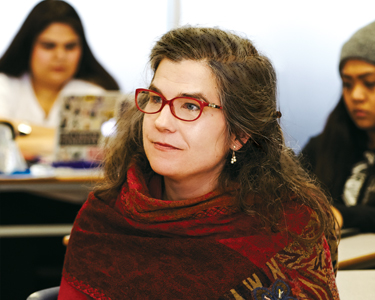
Tara Collins (Child and Youth Care), working with an international team of universities as well as governmental and non-profit organizations, received a SSHRC Partnership Development Grant to explore current approaches to monitoring children's participation in child protection efforts at international, regional, and national levels and to identify strengths, weaknesses, and gaps. The project will involve fieldwork in Canada, Brazil, China, and South Africa.
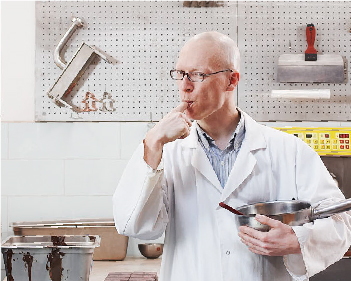
Dérick Rousseau (Chemistry and Biology) and his team, sponsored by Mondelez Canada, received a Collaborative Research and Development Grant from NSERC for their work in altering confectionary and baking fillings to change their nutritional profile and improve their shelf life. Their focus is on lowering the saturated fat content of these fillings without negatively impacting their texture or taste.
Highlights
$2.9M
Canadian Institutes of Health Research (CIHR)
$8.8M
Natural Sciences and Engineering Research Council of Canada (NSERC)
$4.1M
Social Sciences and Humanities Research Council of Canada (SSHRC)
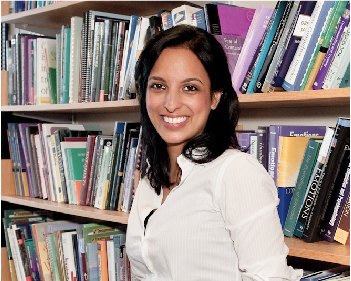
Naomi Koerner (Psychology) and her team received a CIHR Operating Grant for their work to demonstrate that people with a diagnosis of Generalized Anxiety Disorder (GAD) can improve their condition by voluntarily “exposing” themselves to clear and vivid mental images of their personal worst case scenario (known as “written exposure”). This written exposure procedure emphasizes how labelling aspects of their experiences with GAD can lead to improvements in problem solving as well as controlling worry and attention.
Tri-Council Firsts
Notable this fiscal year is a number of firsts for Ryerson. This year, Ryerson received its first CIHR eHIPP Grant, SSHRC Partnership Grant and NSERC Strategic Partnership Grant for Networks.
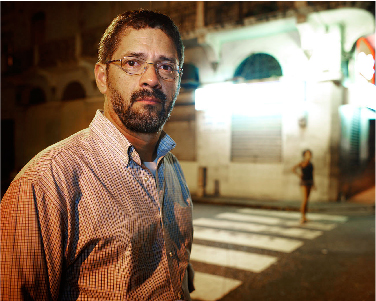
Henry Parada (Social Work) and his team, an international coalition of universities, governmental and non-profit organizations, received a SSHRC Partnership Grant for their work. This was a first for Ryerson as well as the largest grant the university has ever received from SSHRC. Parada’s team is looking for ways to quantify and document transgressions against children and youth in Central America, the Caribbean, and their diaspora populations in Canada to respond to pressing issues of child and youth rights.
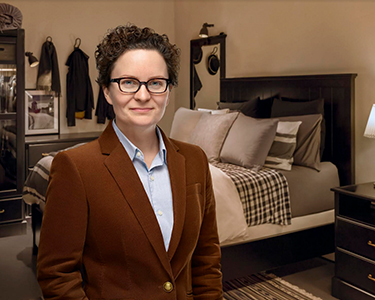
Colleen Carney (Psychology) received Ryerson’s first eHealth Innovations Partnership Program (eHIPP) Grant from CIHR to create an e-solution that assists youth in documenting their insomnia and seeking treatment. After successfully creating a sleep study tool, which is now being used internationally as a diary to assess sleep through self-recorded entries, Carney is now working on a mobile application that will transform the tool for use by a younger generation.
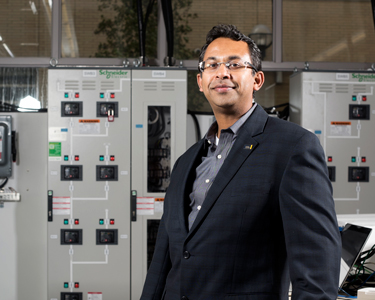
Bala Venkatesh (Electrical and Computer Engineering) received Ryerson's first Strategic Partnership Grant for Networks — the largest grant Ryerson has ever received from NSERC — to create the NSERC Energy Storage Technology Network (NESTnet). This initiative will bring together leading academic, industry, utility, and government stakeholders to drive innovation in the creation of energy storage for renewables in Canada, including new technologies such as lithium-ion batteries, flywheels, compressed air energy storage, and thermal storage.
Collaborative Health Research Projects (CHRP)
This year, Mark Towler (Mechanical and Industrial Engineering) and Michael Kolios (Physics) both received CHRP Grants. These grants are a joint initiative between the Natural Sciences and Engineering Research Council of Canada (NSERC) and the Canadian Institutes of Health Research (CIHR) to support interdisciplinary, collaborative research projects in the natural sciences, engineering, and health sciences.
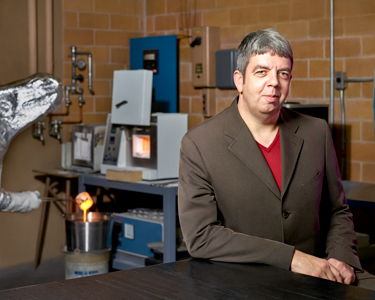
Mark Towler (Mechanical and Industrial Engineering) received a CHRP Grant to develop a new series of glass-ceramic orthopedic implants in partnership with Octane Orthobiologics Inc. These bioglass implants will be more stable than current models, meaning patients will undergo fewer revision surgeries. While this particular project focuses on revision knee arthroplasty, the work could impact all forms of arthroplasty, alleviating the strain that such surgeries place on the healthcare system.
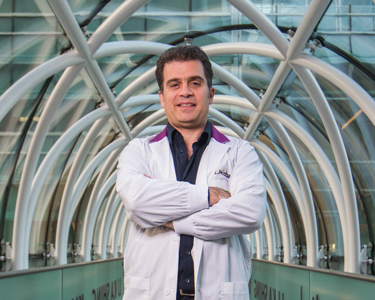
Michael Kolios (Physics) received a CHRP Grant in collaboration with the Sunnybrook Odette Cancer Centre to develop ultrasound microbubble treatments to increase the effectiveness of cancer treatments by making tumours “ultra-sensitive” to radiation. This research will be carried out using equipment developed by partner company, Elekta. Kolios and his team will also develop treatment-planning software to map out the treatments of future patients.